Introduction to Mass Spectrometry Technology: New Developments and Applications of Mass Spectrometry Technology (Part 1)
Date:2019-09-26 Views:3048
New Developments and Applications of Mass Spectrometry Technology
1. Application of Capillary Electrophoresis-Mass Spectrometry (CE-MS) Technology
Traditional Chinese medicine is a magnificent treasure left over from thousands of years of Chinese history. With the modernization of traditional Chinese medicine, it has received increasing attention from the international community. The research on the pharmacological and toxicological properties of traditional Chinese medicine has also gradually gained more attention globally. Capillary electrophoresis-mass spectrometry (CE-MS) is a highly efficient combined technology developed in the past 20 years. Since its first report in 1987, this technology has been widely applied in drug analysis, the analysis of biological macromolecules, and the research on protein interactions. At the same time, this technology is also being increasingly used in the analysis of herbal medicine components and pharmacological research.
2. Development of Inductively Coupled Plasma Mass Spectrometry (ICP-MS)
In the past decade or so, inductively coupled plasma mass spectrometry (ICP-MS) analysis technology has always been one of the key directions in the research and application of inorganic trace element analysis. After more than 20 years of research and application, ICP-MS analysis technology has penetrated into various fields and has become a routine analysis tool in many departments. Especially for the analysis of elements with larger mass numbers, such as lanthanum and actinide elements, ICP-MS has better analytical performance. S.E. Long et al. discussed the development of isotope dilution cold vapor ICP-MS and its application in the certification of Hg in NIST standard reference materials.
3. Application of Nano LC-MS/MS Analysis in Biology
Proteomics is a hot and cutting-edge area in life science research, and proteomics techniques and methods have been widely applied in various fields of biology. Currently, the separation and analysis of the wheat leaf proteome mainly use two-dimensional electrophoresis separation and peptide mass fingerprinting analysis techniques. Exploring new chromatographic separation and tandem mass spectrometry analysis methods can provide the technology for more in-depth and extensive research on the wheat leaf proteome. Liu Jing et al. comprehensively utilized 2D-LC and Nano LC-MS/MS technologies to achieve effective separation and identification of the wheat leaf proteome. This method provides technical support for more in-depth research on the wheat leaf proteome.


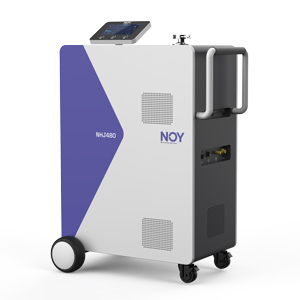
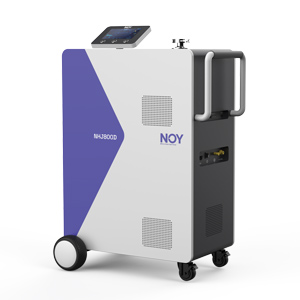
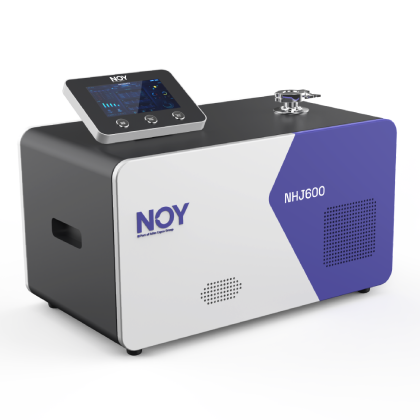
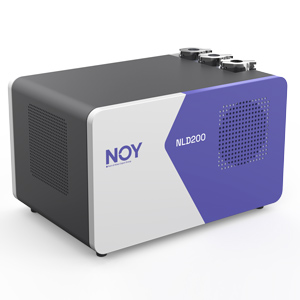
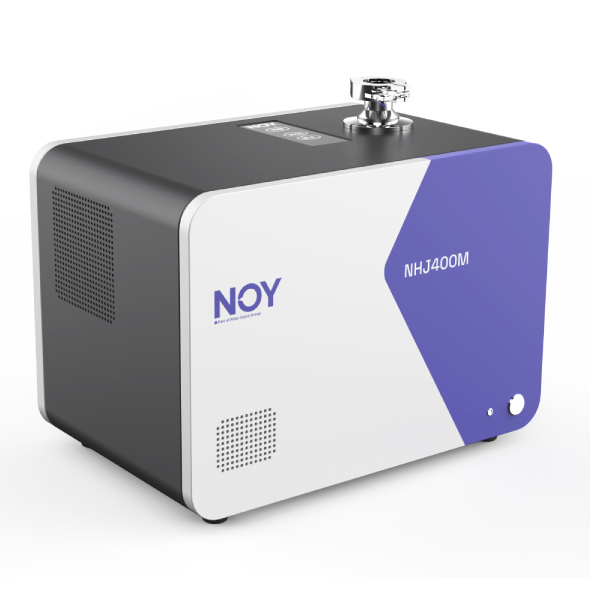


 Public Security Network Security Record in Anhui Province No. 34010302001915
Public Security Network Security Record in Anhui Province No. 34010302001915